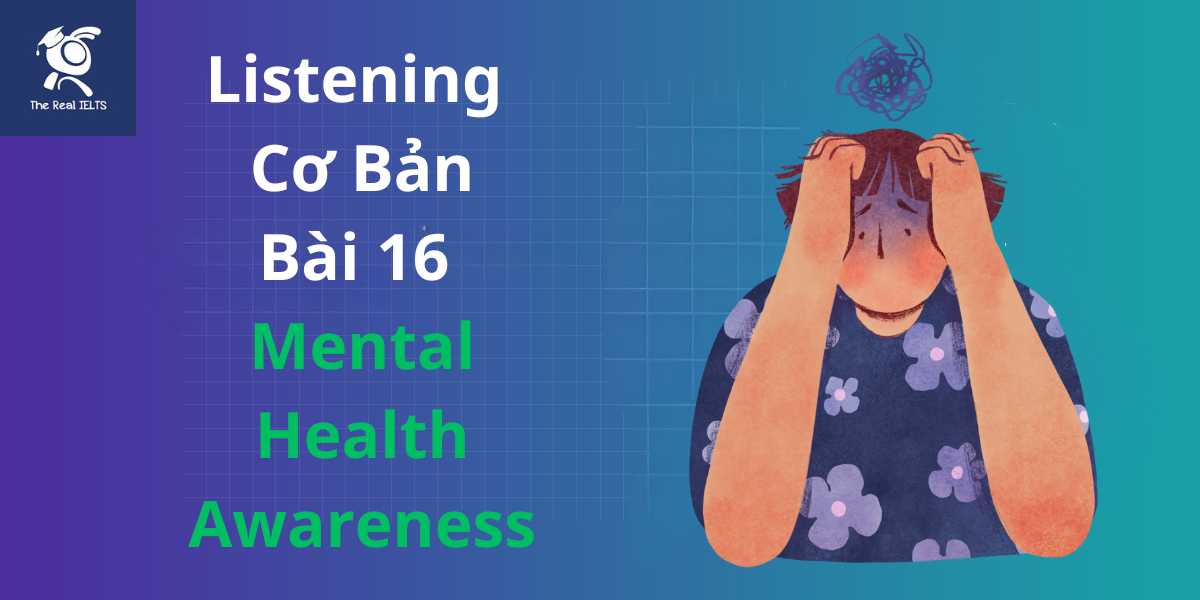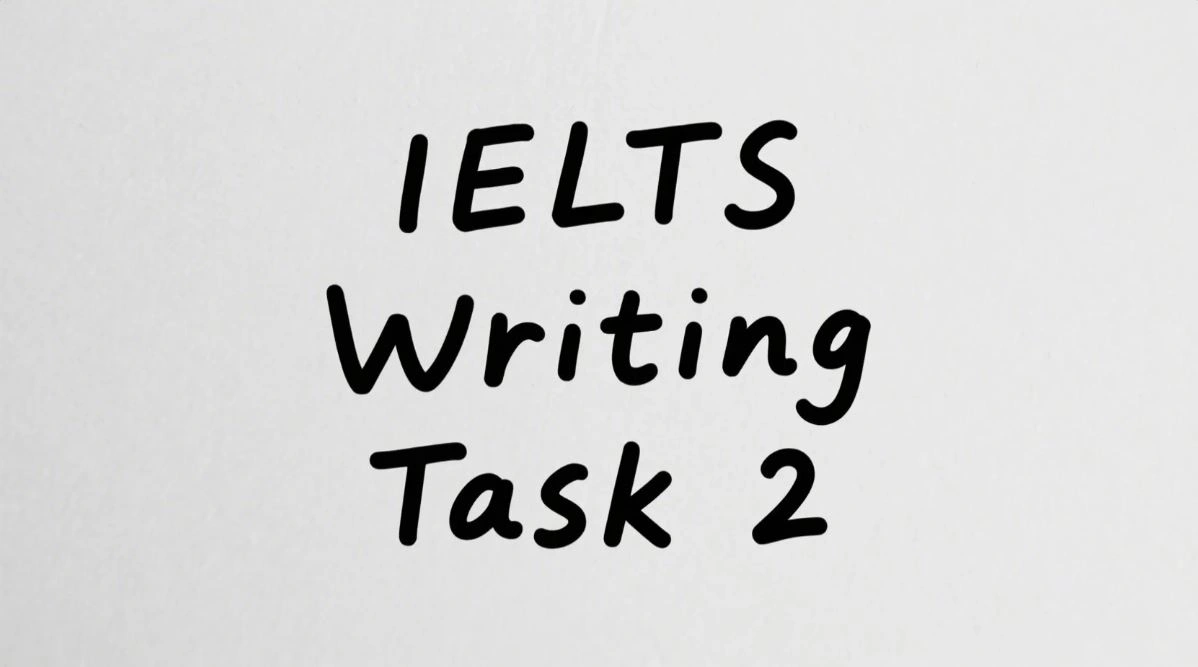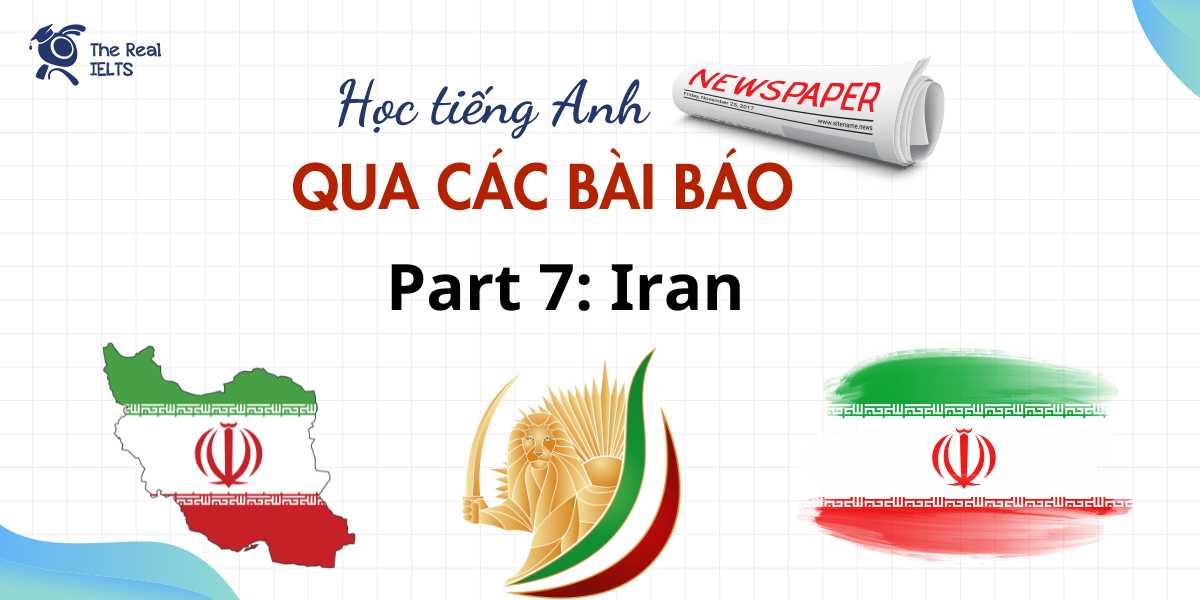IELTS Reading 54: Women in modern society là chủ đề thuộc chuỗi bài luyện tập 11 dạng bài IELTS Reading và các bài tập luyện tập.
Học lại bài cũ: IELTS Reading 53: Sustainable living.
IELTS Reading: Women in modern society
Over the past century, the role of women in society has evolved tremendously. As societies worldwide progress and adapt, the contributions of women have shifted from predominantly domestic spheres to encompass significant positions in business, politics, science, and various other fields. This transformation has not only redefined traditional roles but has also impacted the very fabric of society, challenging preconceived gender norms and stereotypes.
In the early 20th century, women’s rights movements gained momentum, leading to important achievements like the right to vote and the right to work in several countries. These movements sparked an ongoing wave of social change that has continued into modern times. Education became more accessible to women, allowing them to pursue careers that had once been reserved for men. In some countries, women now make up a larger portion of university students than men, illustrating the rapid shift in educational priorities and access.
However, despite these advancements, challenges remain. Many women still face obstacles in the workplace, such as wage disparities, gender bias, and limited opportunities for advancement. Additionally, in some parts of the world, cultural norms continue to restrict women’s rights and opportunities, limiting their freedom to choose careers, education, or even personal relationships. These challenges underscore the need for ongoing efforts to achieve true gender equality.
The benefits of promoting gender equality are significant. Societies that support equal opportunities for women tend to experience better economic growth, improved health outcomes, and stronger social cohesion. Numerous studies show that when women participate equally in the workforce, it leads to greater innovation and productivity. Furthermore, countries that encourage gender equality often have higher rates of child survival, better educational outcomes, and enhanced social stability.
In summary, the role of women in modern society is continually evolving. Although there are still areas where improvement is needed, the progress achieved thus far demonstrates the potential of societies that embrace gender equality. The contributions of women across all sectors are invaluable, paving the way for a more inclusive and dynamic future.
Questions
1. Multiple Choice
- What was one of the significant achievements of the women’s rights movements in the early 20th century? A. Improved health outcomes
B. The right to vote
C. Equal pay in the workplace
D. Access to higher education - What trend is observed regarding women in education today? A. More women than men are attending universities
B. Women are discouraged from pursuing higher education
C. Men outnumber women in university enrollment
D. Education is less accessible to women
2. True/False/Not Given
- Women have always played a significant role in politics.
- Wage disparities for women have been completely eliminated in modern society.
- Cultural norms in some regions still limit women’s rights.
3. Yes/No/Not Given
- The author believes that gender equality is essential for economic growth.
- Women in all countries enjoy the same rights and opportunities.
- The article suggests that the progress of women is an ongoing challenge.
4. Matching Information
- Find the paragraph that discusses the early achievements of the women’s rights movements.
- Locate the section that highlights the economic benefits of gender equality.
5. Matching Headings
- Headings:
A. The Evolution of Women’s Rights
B. Ongoing Challenges for Women
C. The Impact of Education on Women’s Roles
D. The Benefits of Gender Equality
6. Matching Sentence Endings
- Societies that support equal opportunities for women tend to experience…
A. higher rates of child mortality.
B. better economic growth.
C. more traditional gender roles.
7. Sentence Completion
- Women’s rights movements sparked a wave of social change that has continued into…
__________. - The contributions of women across all sectors are…
__________.
8. Summary Completion
- Despite progress, many women still face __________ in the workplace.
- Countries that encourage gender equality often have better __________ outcomes.
9. Diagram Label Completion
- Complete the labels for the diagram illustrating the timeline of women’s rights movements.
- 1900: __________
- 1920: __________
- 2000: __________
10. Short Answer Questions
- What are two fields where women have made significant contributions in modern society?
- Name one benefit of promoting gender equality mentioned in the article.
11. Table/Flowchart/Note Completion
- Fill in the table with the challenges and achievements of women over the past century.AchievementsChallengesWage disparitiesCultural restrictions
- Complete the flowchart showing the progression of women’s roles from domestic to public spheres.
- Domestic roles → __________ → Professional roles
Đáp án
1. Multiple Choice
- B. The right to vote
- A. More women than men are attending universities
2. True/False/Not Given
- Not Given
- False
- True
3. Yes/No/Not Given
- Yes
- No
- Yes
4. Matching Information
- Paragraph discussing the early achievements of the women’s rights movements
- Section highlighting the economic benefits of gender equality
5. Matching Headings
- A. The Evolution of Women’s Rights
- B. Ongoing Challenges for Women
- C. The Impact of Education on Women’s Roles
- D. The Benefits of Gender Equality
6. Matching Sentence Endings
- B. better economic growth.
7. Sentence Completion
- the present day
- invaluable
8. Summary Completion
- obstacles
- health
9. Diagram Label Completion
- 1900: Women’s suffrage movements begin
- 1920: Women gain the right to vote in several countries
- 2000: Increased participation of women in various professions
10. Short Answer Questions
- Business and politics (or “Science and other fields”)
- Better economic growth
11. Table/Flowchart/Note Completion
| Achievements | Challenges |
|---|---|
| The right to vote | Wage disparities |
| Access to higher education | Cultural restrictions |
| Increased representation in various fields |
Flowchart Completion
- Domestic roles → Education and career opportunities → Professional roles















